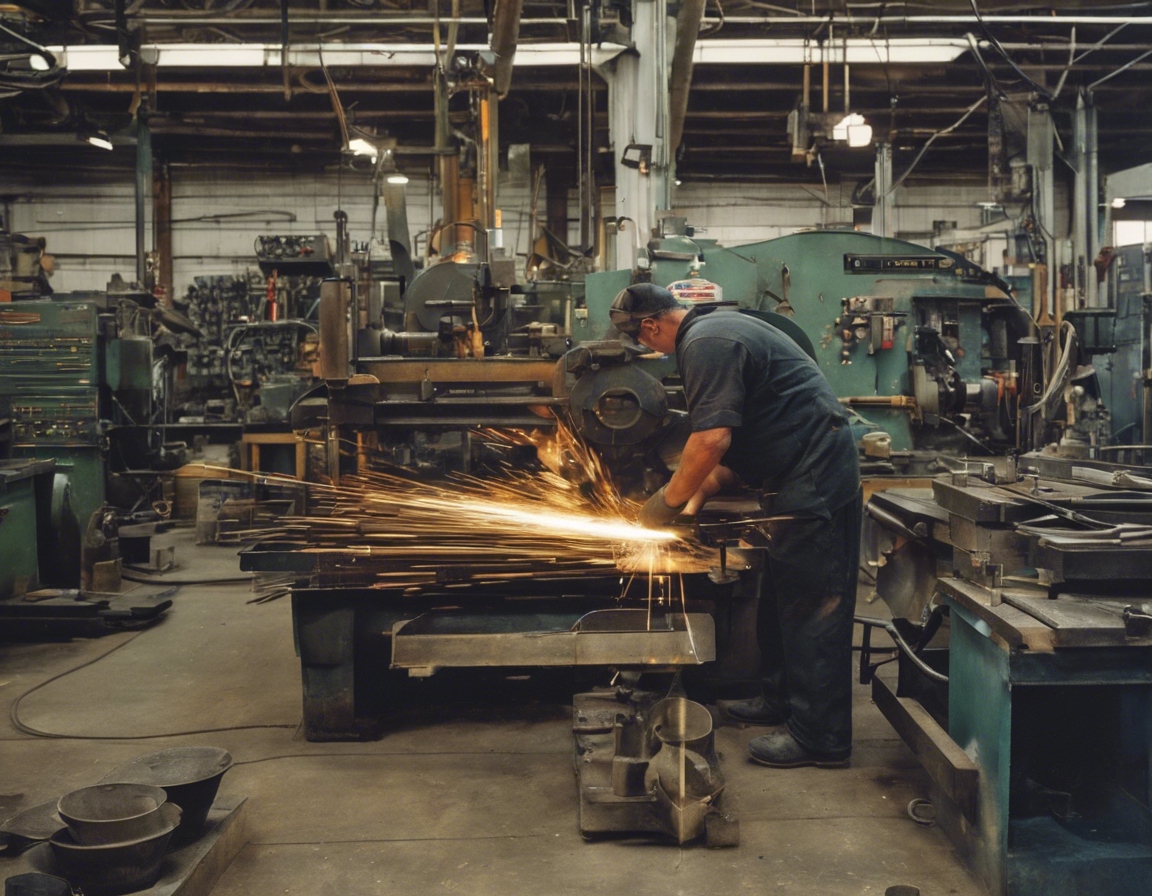The art of forging: steel meets innovation
Forging is one of the oldest known metalworking processes, dating back to at least 4000 BC. Originating from the need to produce stronger and more durable metal tools, the art of forging has been pivotal in shaping human civilization. From the Iron Age to the Industrial Revolution, forging has been at the heart of technological advancements.
Over the centuries, forging techniques have evolved from simple manual hammering to sophisticated processes that utilize state-of-the-art machinery. The development of water-powered hammers during the Middle Ages and the introduction of steam hammers in the 19th century marked significant milestones in the evolution of forging.
The Science of Steel Forging
Steel is an alloy of iron and carbon, renowned for its strength, malleability, and durability. The properties of steel make it an ideal candidate for forging, which enhances its mechanical properties and structural integrity.
The steel forging process involves heating metal to a high temperature, then shaping it using compressive forces. This process can be broken down into several key steps: heating, deforming, and finishing. Each step is critical in achieving the desired properties and dimensions of the forged part.
Innovations in Steel Forging
Today's forging industry has access to a variety of advanced materials, including micro-alloyed steels and superalloys. These materials offer superior performance in extreme conditions and are essential for applications that demand high strength and resistance to wear and corrosion.
Modern forging presses and hammers are equipped with precision controls and advanced automation. These technological advancements have significantly increased efficiency, accuracy, and the ability to produce complex shapes with tight tolerances.
Custom forging allows for the creation of parts specifically designed to meet unique requirements. This bespoke approach is crucial for industries that require components with specialized shapes, sizes, or properties.
The Role of Forging in Modern Industries
Forged steel is a cornerstone of the construction industry, providing the necessary strength for buildings, bridges, and other infrastructure projects.
In the automotive and aerospace industries, forged components are valued for their high strength-to-weight ratio and reliability under stress.
The energy sector and manufacturers of heavy machinery rely on forged parts for their durability and performance in harsh environments.




Comments (0)